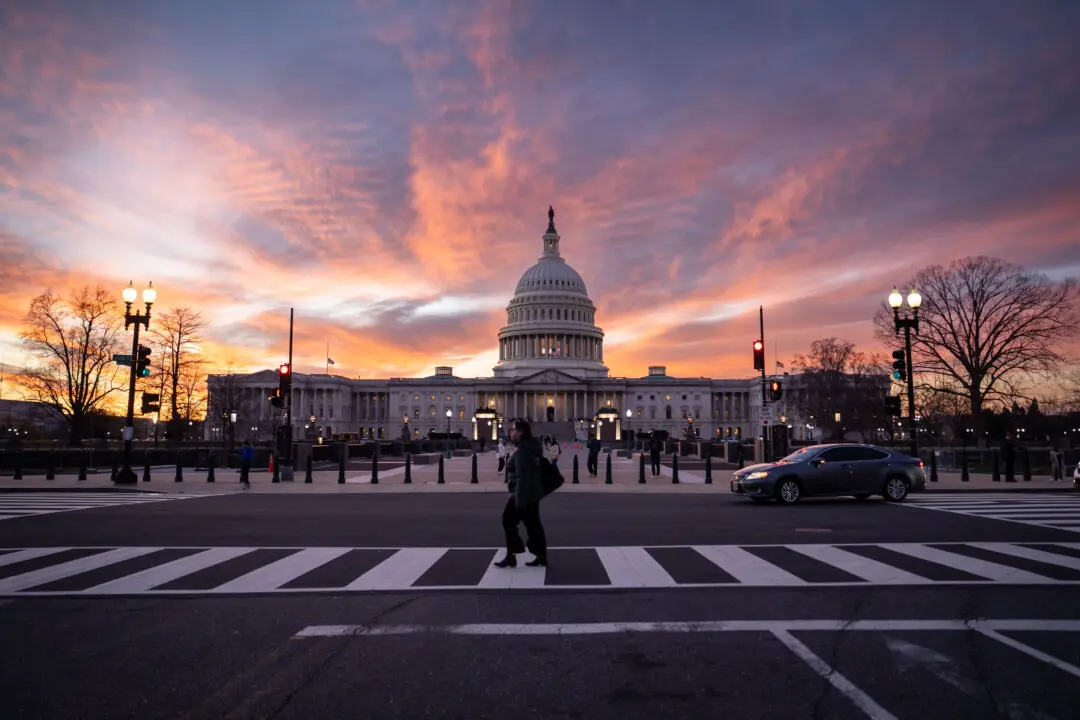Federal Reserve Governor Michelle Bowman says she’s troubled by the declining number of financial institutions in the U.S. banking system.
The health and state of the financial sector has come under increased scrutiny in the aftermath of the Silicon Valley Bank and Signature Bank failures.





